The Simpsons started as an animated skit on The Tracey Ullman show and then debuted as its own series in 1989. 35 seasons later, it is the longest-running American animated series, sitcom, and scripted prime-time show of all time. While the first season was a little rough in terms of animation and tone, many of the beloved characters, tropes, and themes were firmly established.
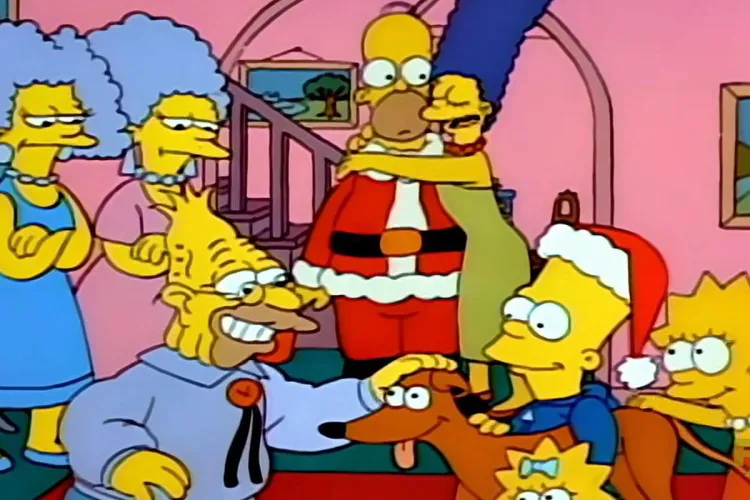
There are, however, some major differences between what the show was and what it became, so going back to watch those early episodes can seem pretty bizarre. None of the Springfieldians had fully developed their madcap personalities yet, and the humor was more subtle, with dark undertones. Also, some mighty weird moments in the first season of The Simpsons defy any rational explanation.
10Smithers Was A Different Race
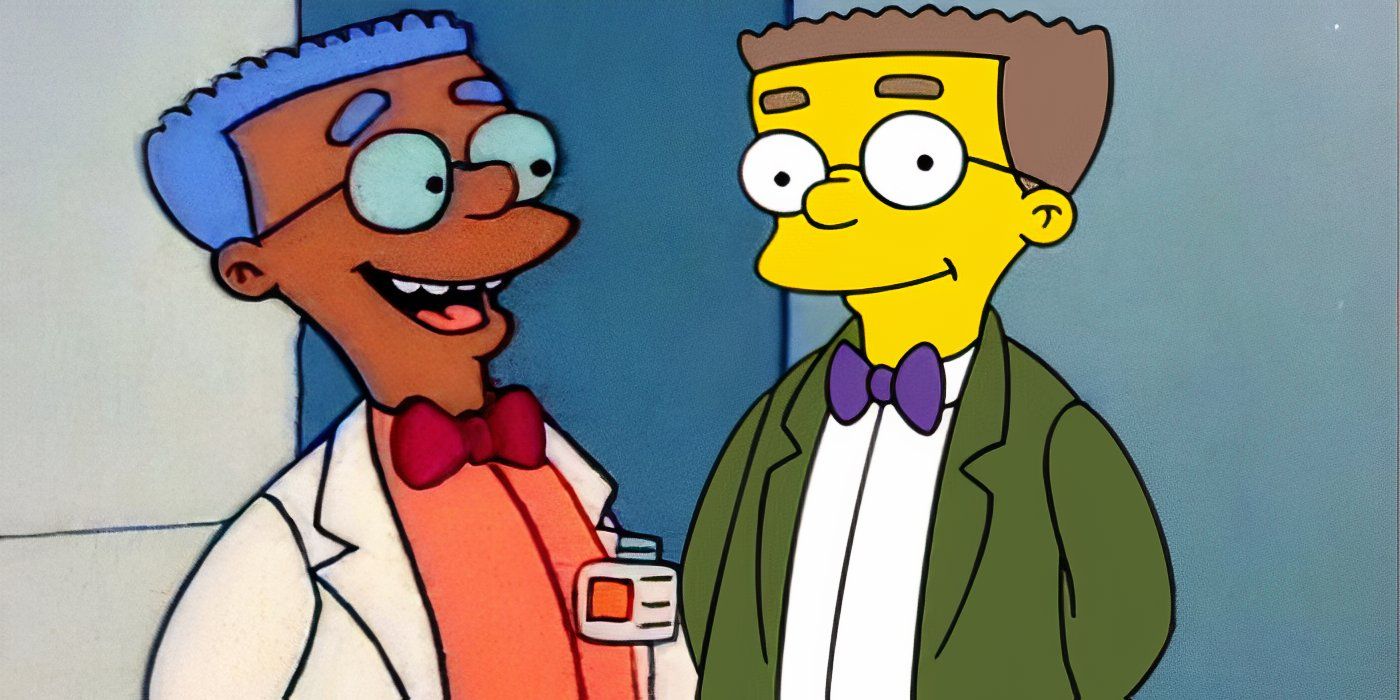
- Episode: #3 “Homer’s Odyssey”
Fans know Waylon Smithers as Mr. Burns’ semi-closeted executive assistant, apologist, fixer, and whipping boy. The character was originally conceived as being a gay Black man, and for one single episode, he was half of that. In the third episode of season one, Smithers was Black, with blue hair, and wore a white lab coat. The next time audiences saw him in episode 4, he was miraculously yellow.
Race is kind of strange thing in The Simpsons in that there are Black, Asian, and Hispanic characters. Well, technically, the twins Terry and Sherry, as well as Wendel are pretty pale, but the white folks are actually yellow. Smithers’ transformation from Black to yellow was never explained on the show, but apparently, the producers thought it was a bad idea for Mr. Burns to have a black subservient assistant, which was clearly the right call.
Moe’s Tavern Was A Western Saloon
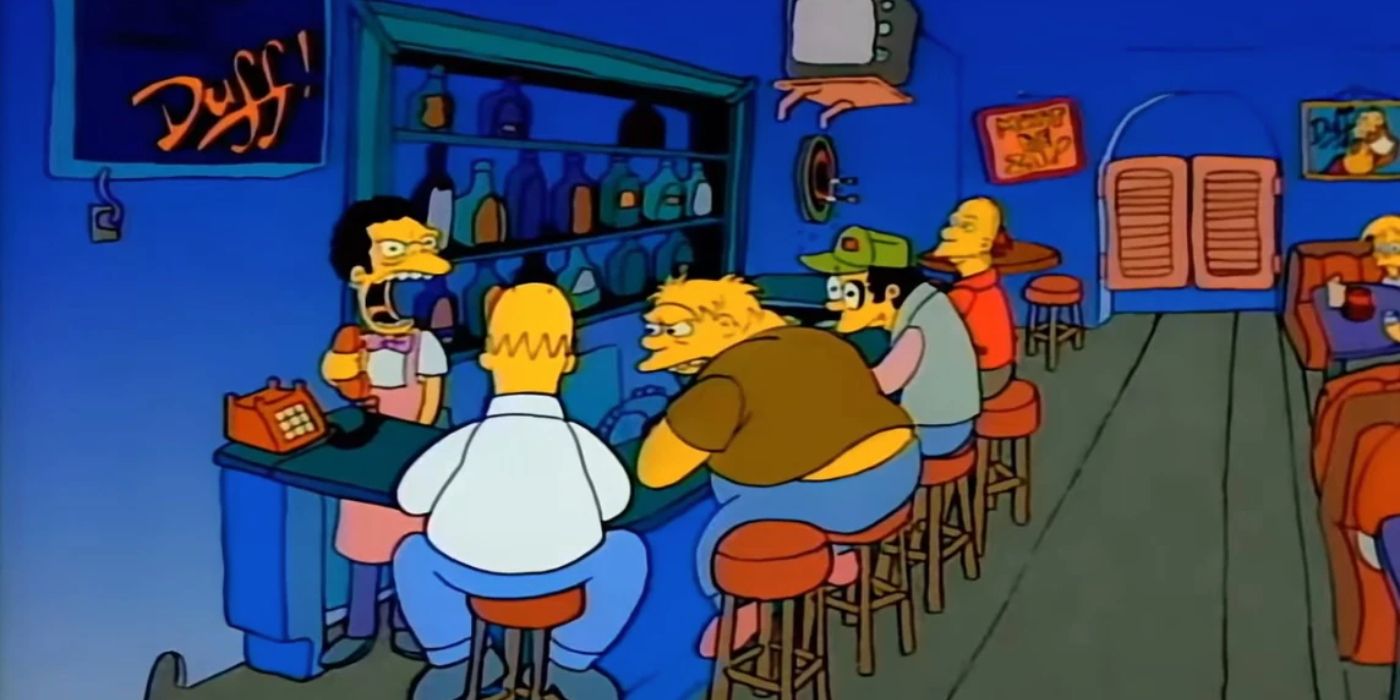
- Episode: #1 “Simpsons Roasting on an Open Fire”
Moe’s Tavern, run by proprietor Moammar “Moe” Szyslak, is Homer Simpson’s second home and a major location for the show. The dive bar will change appearance to suit the narrative, like when the toilet was on the roof or when it had a stage so the Red Hot Chili Peppers could play, but overall, it is the same dank, depressing watering hole, except in the first season.
Moe’s was still a rat trap in season one, but it was entirely different. The exterior was established early on, but the interior was more like a Western bar or cantina, with swinging half-doors on the entrance. Also, Homer, who usually sits closest to the front door, was partial to the other end of the bar. While Barney Gumball was always there drinking, Moe’s regulars Lenny and Carl were nowhere to be found.
Lisa’s Saxophone Was Blue
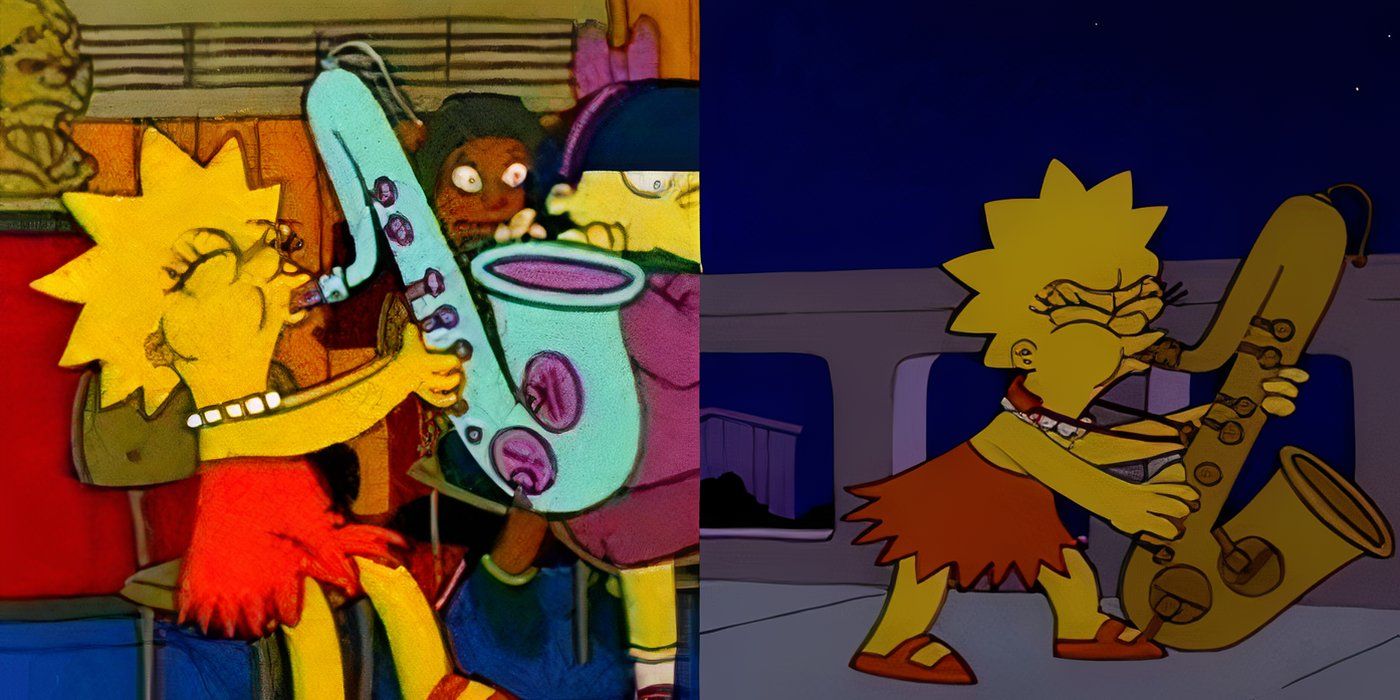
- Episode: #6 “Moaning Lisa”
Lisa Simpson likes playing the blues and often has them, but according to the first season, she would occasionally toot out her emotions on a blue sax. In the opening credits sequence, Lisa gets tossed from Mr. Largo’s music class for blowing an inappropriate jazz riff, which she does on a light blue saxophone with magenta accents. No such instrument exists, including in any of the show’s episodes.
From the very first episode, which is alternately titled “The Simpsons Christmas Special,” Lisa can be seen wailing away on her normal gold-colored sax. In the sixth episode, “Moaning Lisa” the opening credits sequence plays out in narrative form when Mr. Lago scolds Lisa for playing the blues on her very-not-blue saxophone. This unexplained blue sax was part of the opening credits for 20 years before Lisa got a real sax.
Homer Had A Different Voice
Homer Gets A Job As Santa – The Simpsons (Clip)
Play Video
- Episode: #1 “Simpsons Roasting on an Open Fire”
In the first season of The Simpsons, Homer had his trademark low intelligence and explosive anger, but his comic laziness and bumbling incompetence were not fully realized yet. The biggest difference between season one Homer and classic Homer, however, was his voice. For the first thirteen episodes, he sounded weird, not at the time, but in retrospect. Going back to those early episodes feels wrong because Homer’s voice is so far off from what it would become.
Actor Dan Castellaneta, who also voices Grampa Simpson, Krusty the Clown, Barney Gumble, Groundskeeper Willie, Mayor Quimby, and Hans Moleman, said he initially was doing a bad impersonation of Walter Matthau for Homer. It was physically taxing to maintain that voice, so he switched up in the second season to the Homer fans know and love. One of the advantages of the new voice, according to Catellaneta is that it gives Homer a fuller range of hilarious emotions.
No Halloween Episode
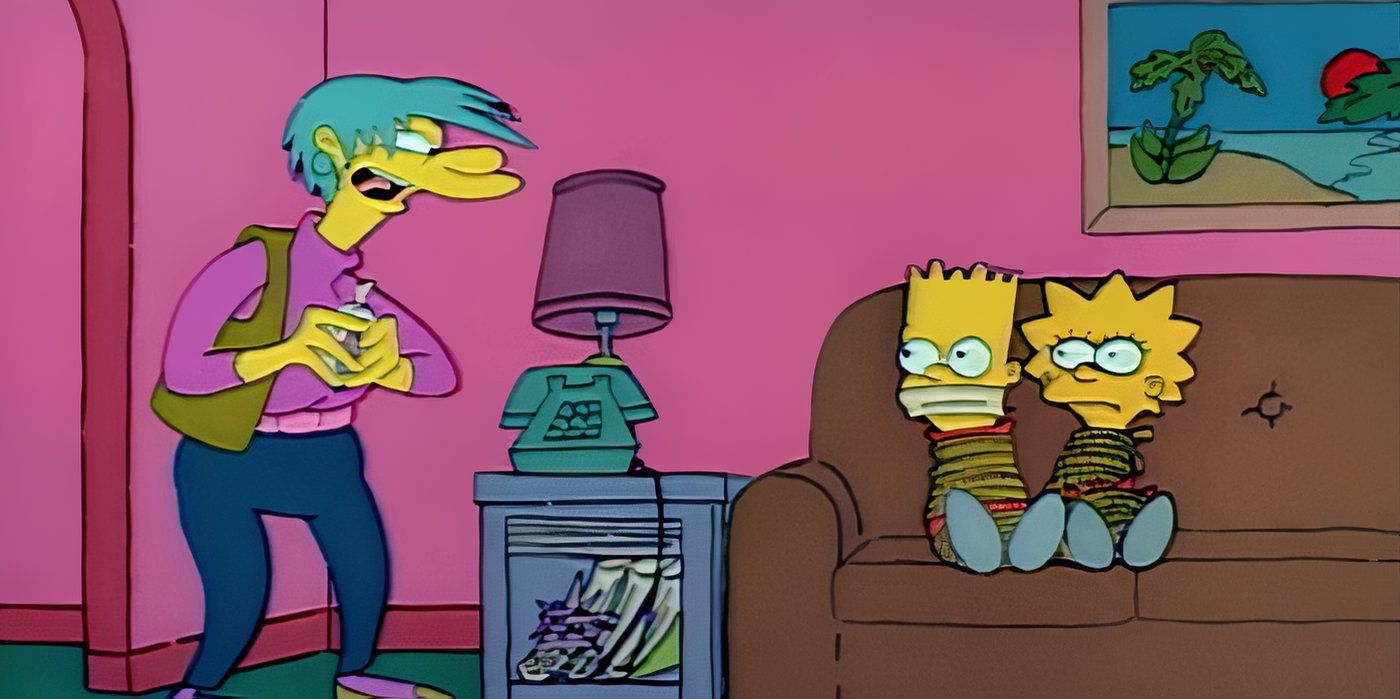
- Episode: #13 “Some Enchanted Evening”
One of the mainstays of The Simpsons TV show is the annual Halloween episode known as the “Treehouse of Horror” which features three horror and sci-fi parody vignettes. It almost doesn’t seem like a legitimate season without the scary stories, but in the first season, there was no Halloween episode of any kind. The closest to it was episode 13 “Some Enchanted Evening”, in which Bart, Lisa, and Maggie are tied up by the creepy “Babysitter Bandit” but that in no way was a tale of terror.
The explanation for this glaring first-season omission is quite simple. The Simpsons was a mid-season replacement, airing episodes from December 17, 1989, to May 13, 1990, which definitely doesn’t cross trick-or-treat time. The first chance The Simpsons had at Halloween came in the second season in which the first “Treehouse of Horror” aired, and for the record, they spoofed The Amityville Horror, The Twilight Zone, and Edgar Allen Poe’s The Raven.
Bart Was Enslaved
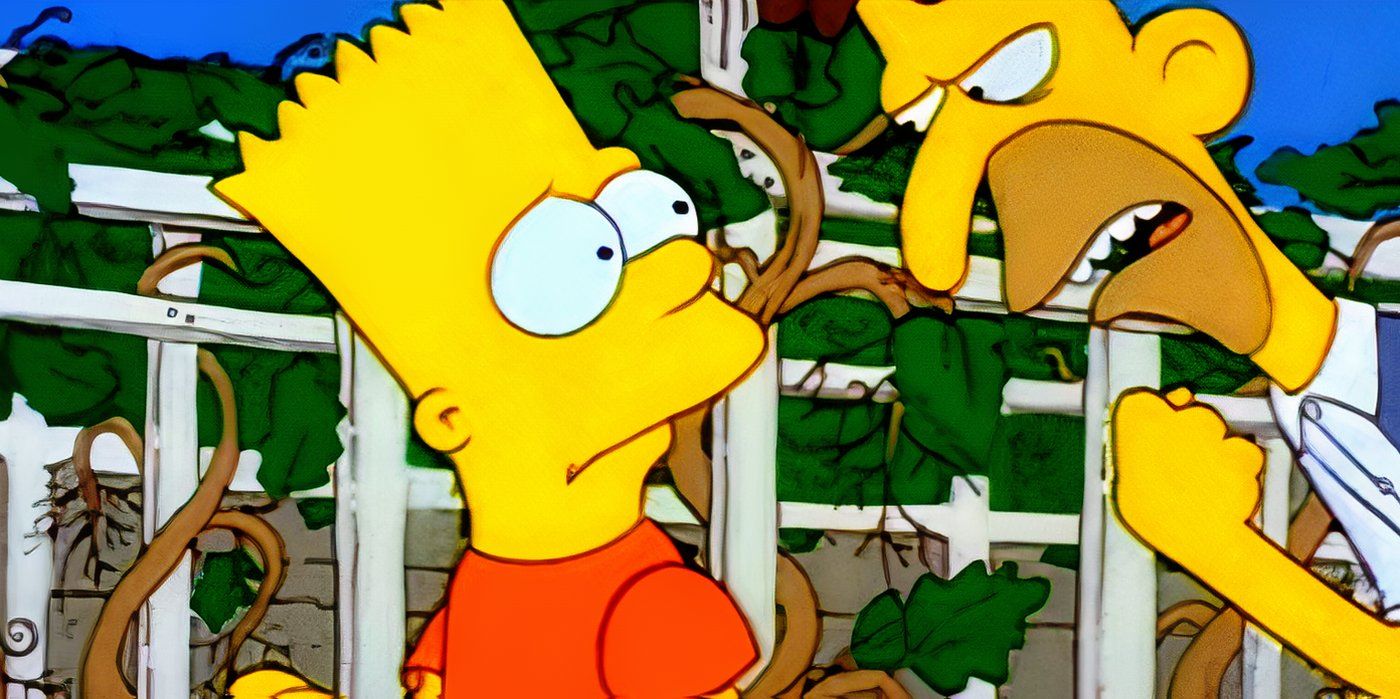
- Episode: #11 “The Crepes of Wrath”
The Simpsons show is wacky and whimsical, never taking itself too seriously, even covering potentially serious subjects with satire and snark. That is, except for the first season, which had a decidedly darker tone than the entire rest of the series. A prime example of that is episode 11 “The Crepes of Wrath” in which Bart Simpson was enslaved and forced to do hard labor under threat of harm, which is not the most hilarious of premises.
After one of Bart’s patented pranks soaked Principal Skinner’s mother with toilet water, his “punishment” is to go on a two-month foreign exchange trip to France. Bart was expecting to live in a plush French villa but instead wound up on a dilapidated farm where crooked winemakers, César and Ugolin, abused him physically and mentally. This episode is made worse because it doesn’t have any laughs, so there was no comedy angle to forced child slave labor.
Marge Was A Drunk
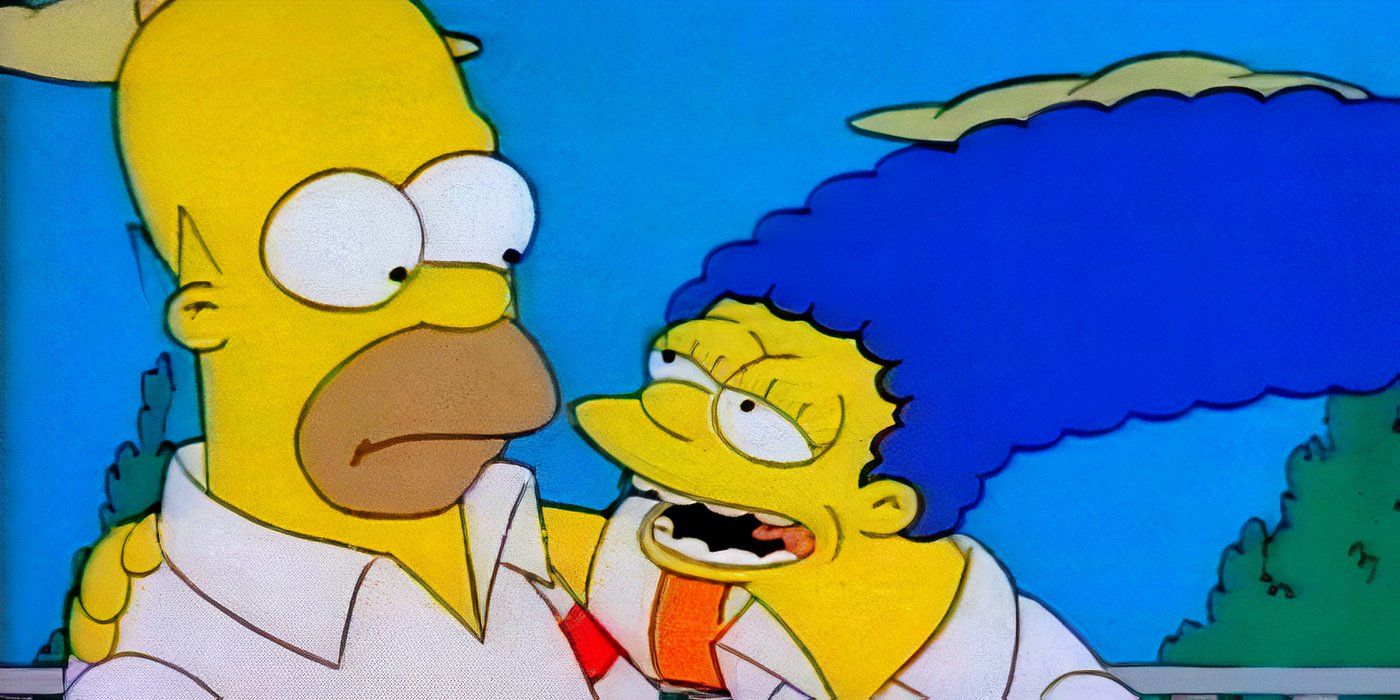
- Episode: #4 “There’s No Disgrace Like Home”
Homer Simpson has many distinct and hysterical traits, or maybe flaws is a better word, and one of the biggest components of his persona is that he’s a heavy drinker who doesn’t handle his alcohol very well. It was, however, Marge Simpson, who first got drunk and caused a scene on the long-running series. In the season one episode “There’s No Disgrace Like Home” Marge gets drunk at a company picnic and does a cringe-worthy musical number, embarrassing her husband in front of the boss.
This episode is actually like Bizarro Simpsons because everything is the opposite of what fans have come to know about The Simpsons. Homer is the sloppy drunk, not Marge and there’s even more weirdness. The company picnic is hosted by Mr. Burns’, who is Homer’s boss, and he is worried that his family will embarrass him, while normal Homer has no shame, no self-awareness, and is an infinite source of humiliation. In Marge’s defense, she was kind of tricked into getting drunk, and she certainly didn’t make a habit of it.
Homer Tried To End His Own Life
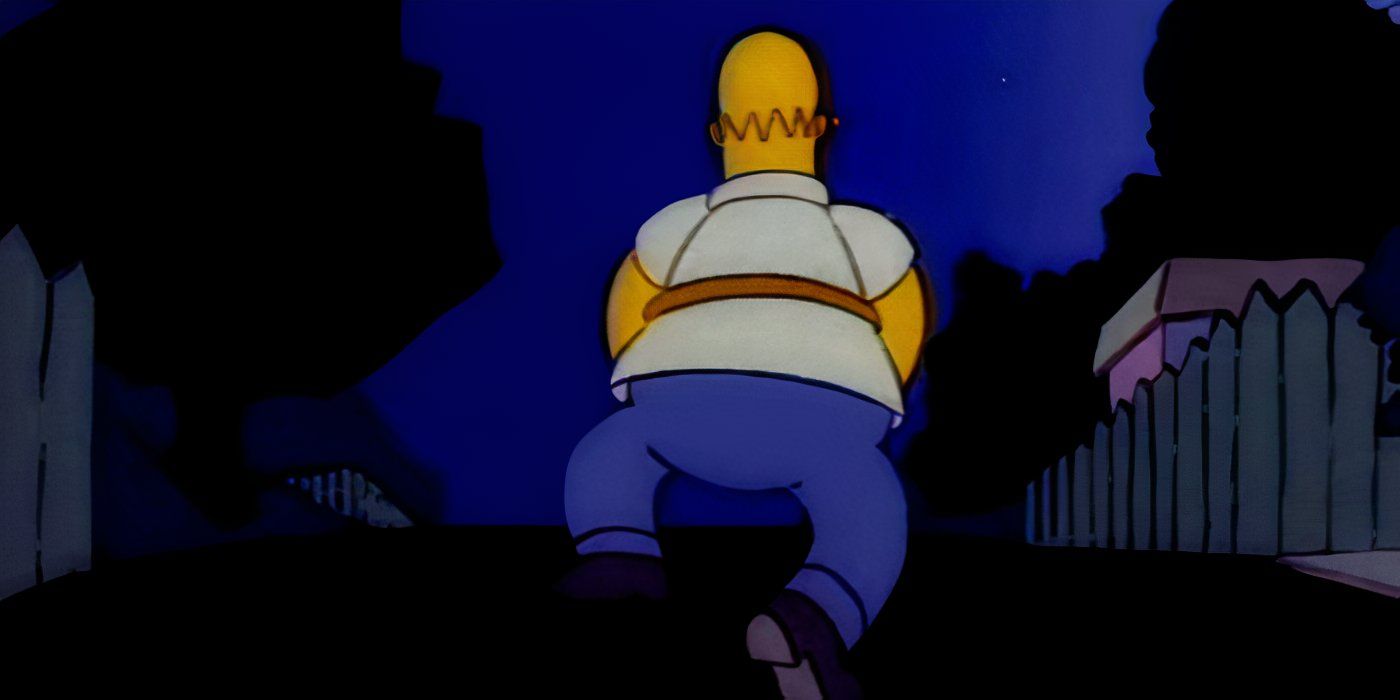
- Episode: #3 “Homer’s Odyssey”
Continuing with the dark tone of the first season, in the third episode “Homer’s Odyssey”, The Simpsons patriarch actually tried to snuff out his own life. It’s difficult, if not impossible, to make suicide funny and the writers didn’t even try on this one. After Homer is fired from the Springfield Nuclear Power Plant, he spends a brief time trying to find a new job before giving up and deciding to take his own life. This was not handled with levity, nor was it ambiguous; Homer was really going to kill himself.
He left a suicide note for his family and then went to a bridge, tethered to a boulder, with the intent of throwing himself off. He was only spared because his family came, and he had to abandon his plans to save them from a speeding truck. While this was a pretty twisted thing to put in a family cartoon, it was the origin of Homer’s manic depressive roller coaster of emotions, as he went from suicidal to inspired in the blink of an eye.
Lisa Danced Naked In Front Of The Entire School
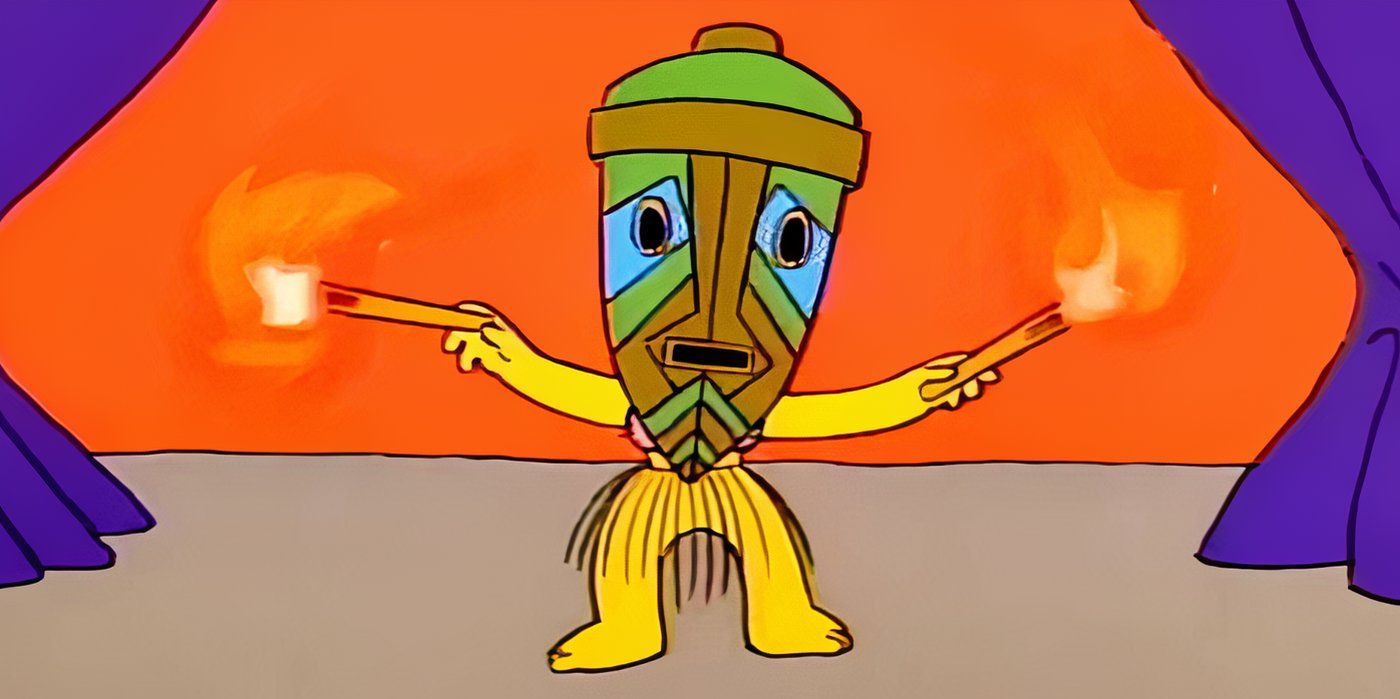
- Episode: #1 “Simpsons Roasting on an Open Fire”
In what should be considered the most disturbing scene from the first season of The Simpsons, or any other season for that matter, Lisa dances partially nude in front of the kids and parents of Springfield Elementary. As part of the Christmas pageant, students perform as various Santa Clauses from different cultures around the world, and Lisa plays Tawanga, the Santa Claus of the South Seas, with a dangerous tiki torch dance.
Lisa is wearing a big wooden mask and has on a coconut bra and grass skirt, which is already inappropriate for a second-grader. The grass skirt is where the major problem lies, as it’s just a few loosely spaced lines, and she doesn’t appear to have anything on under it. There are no lines to indicate she is wearing leggings or a bodysuit, so for all practical purposes, she is naked from the waist down.
Bart May Have Met His Real Father
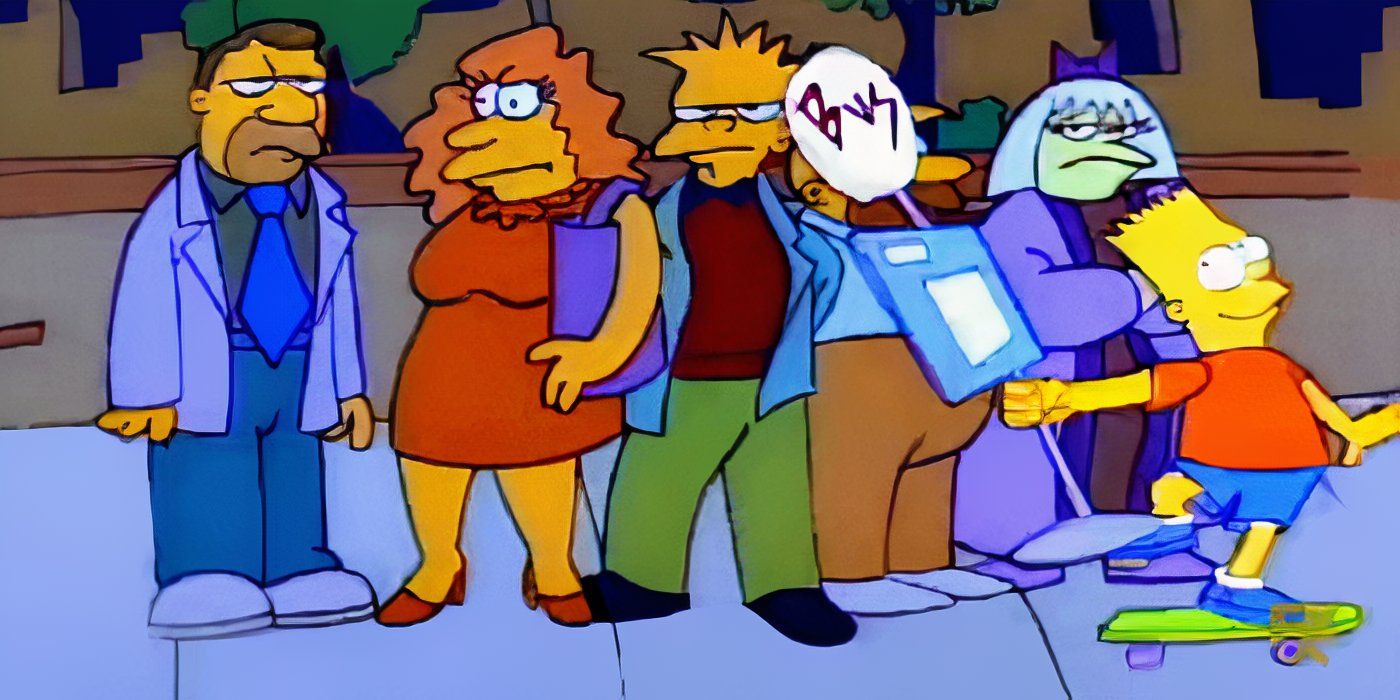
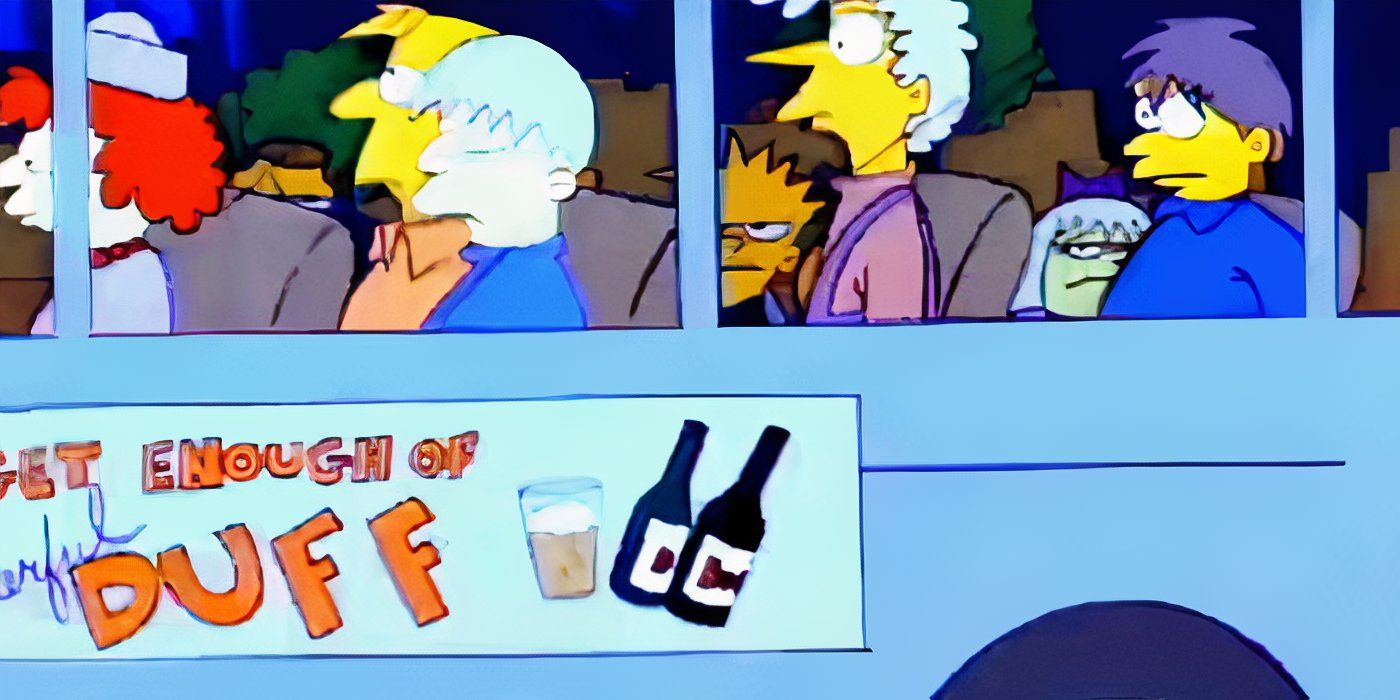
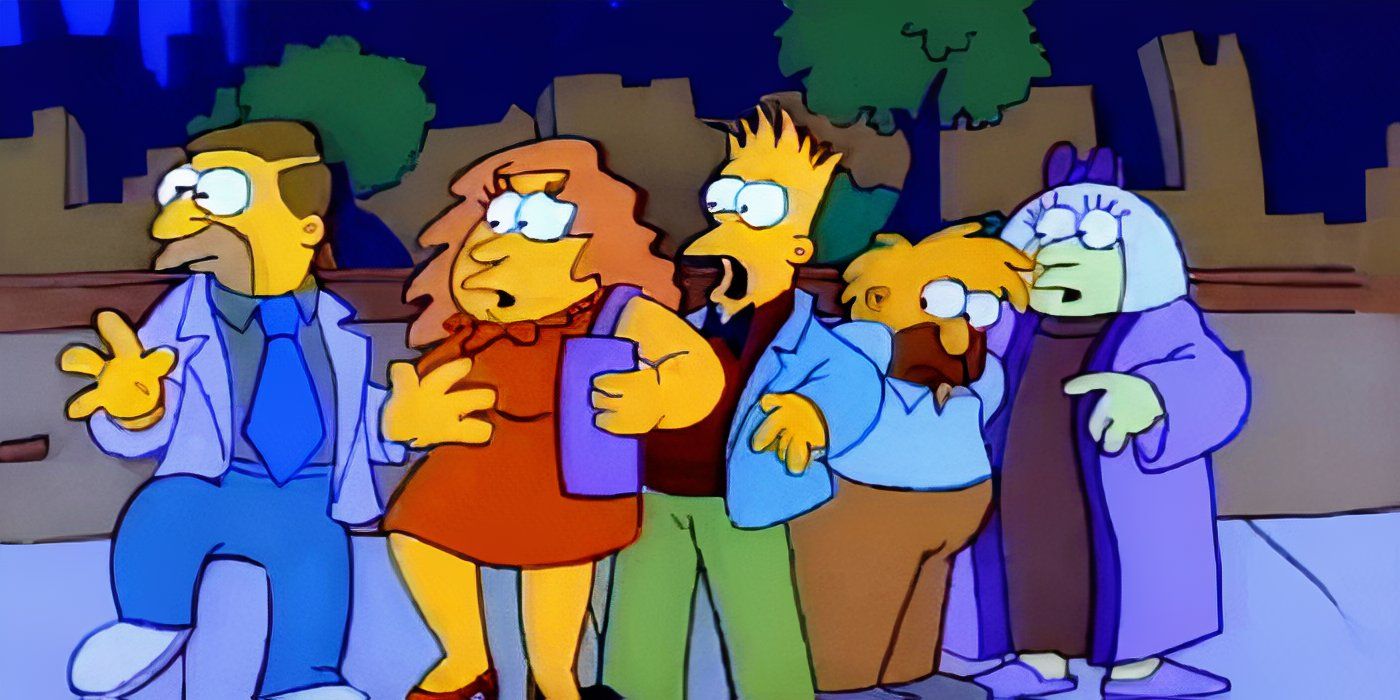
- Episode: #2 “Bart the Genius”
Both Homer and Marge Simpson have real hair, some more than others, but their three children have spikey shapes that are a part of their heads, so there may be no biological connection. Though there have been episodes detailing the births of all the kids, it still seems likely that Homer didn’t contribute any DNA. Marge looks like her mother as well as her sisters, Patty and Selma, while Homer looks like a younger version of his father Abraham, but Bart, Lisa, and Maggie bear no resemblance to their parents.
As luck would have it, the opening credit sequence from the first season may provide some clues as to who is, at least, Bart’s real dad. When Bart skateboards past Moe’s, there is a bus stop with several peculiar-looking people waiting. One of those riders is an adult version of Bart, exact in every way except size. Could it be that this mysterious user of mass transit is Bart’s biological father? Fans will never know the answer to that question, because after the first season, the opening credits sequence scrubbed the bus stop scene, which reeks of a cover-up.
Source: https://www.cbr.com/the-simpsons-season-1-forgotten-facts/
